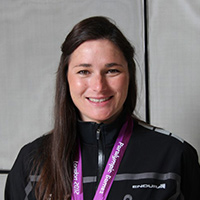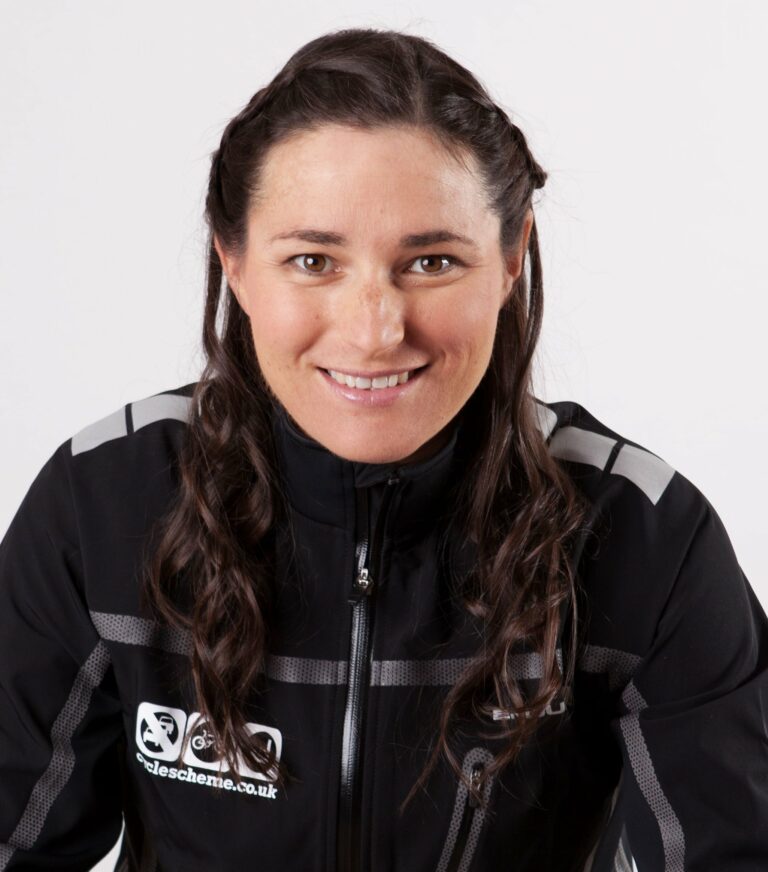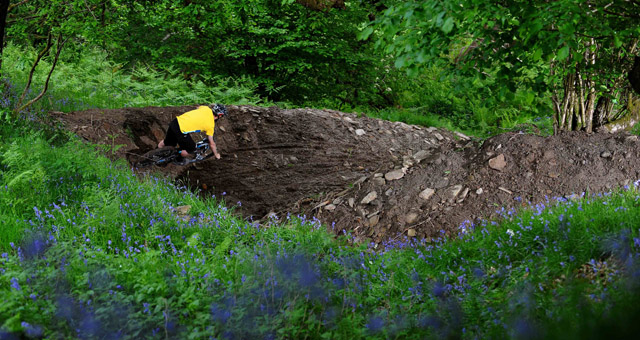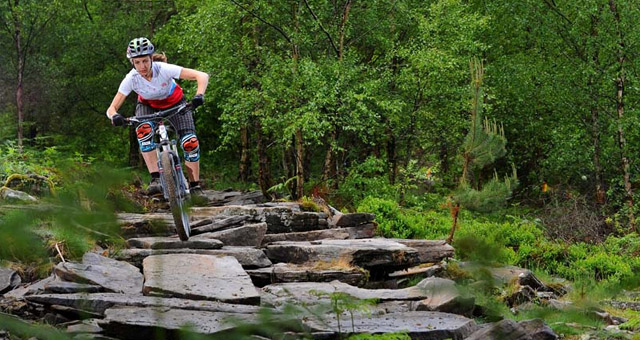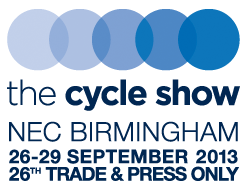Dame Sarah Storey DBE certainly knows a thing or two about cycling. She is a multiple gold medal Paralympic champion cyclist and ambassador for the Marie Curie Cancer Care Etape Series.

The Marie Curie Cancer Care Etape Series consists of three closed-road sportives; the Etape Caledonia that took place earlier this year in May, the Etape Mercia on 18 August, a fantastic entry level sportive offering 69 miles of safe, closed roads in the scenic West Cheshire. While the “beautiful but brutal” 78 mile Etape Pennines, County Durham on 6 October, is hailed as one of the toughest sportives in the UK and one that the Total Women’s Cycling team have joined up to ride in!
Dame Sarah Storey has taken time out of her motherhood duties to provide valuable advice to all levels of riders and explains how to improve your cycling technique to make your sportive experience an enjoyable one!
1. Pedalling speed
Increase you pedalling speed by using your legs like pistons, picking up the revs as you do. Pedal in a smooth circle and remember the upstroke rather than stamping down on the pedal. Keep the body relaxed and don’t waste energy on a tense upper body.
Copy the fluid technique of the pros, such as those at the Tour de France. If you’re on a turbo, use a mirror so you can see your foot and body position and pedalling action to check you’re making the changes you want.
2. Climbing
If possible, try riding any major climbs before the big day to get your technique and gear ratios right. On the day, gradually click down the gears as the climb starts. The mistake would be to just stay in a harder gear and lower your cadence, or go straight to the easiest gear and spin too much, losing vital momentum.
Staying in the saddle, while gently clicking down the gears during a climb preserves energy. Save the out-the-saddle bursts for any shorter steeper sections. Keep your upper body as relaxed and still as possible and the hips as parallel to the floor as you can. All the movement you make from hips and above, either side-to-side or bobbing, is wasted energy.
3. Pacing
Even at the Tour De France there is speculation. Have they gone off too quickly? Have they started slow to ride back later? My pacing advice is practice makes perfect and this is true of any sport.
Use training rides of the appropriate length as practice. Use loops of a circuit near home where there is a chance of hitting the wall and practice pushing on. On a familiar circuit, you will be less nervous about pushing hard and then having to ride home with little energy left. It’s easier to build through a ride than finish with no energy, so you can always up the pace 20k from home and see if that helps you finish strong but tired.
Finished with too much energy? Start out quicker or build your effort further from the finish. Learn about your body, how it performs and what works. Don’t worry about other people’s pacing strategies, everyone is different.
Look for the cues and signs you need to be aware of to maintain a positive feeding strategy. Keep track of how often you are feeding. If you bonk then you need to eat earlier and more frequently. Experiment with food and drink – gels may be good for some but jam sandwiches better for others. Use a speedometer and try riding quicker/slower depending on the outcomes of previous rides. Keep a record of your experimental rides too so you can remind yourself of what works best when you ride your next sportive.
In the next instalment, Dame Sarah Storey discusses how to keep motivated if you “hit the wall”, what to eat and drink and how to cope with cycling in hot weather.
If you can’t wait until then, more top tips and updates can also be followed on Facebook at EtapeSeries or on Twitter, using @etapeseries and the hashtag #Bethefirst.

